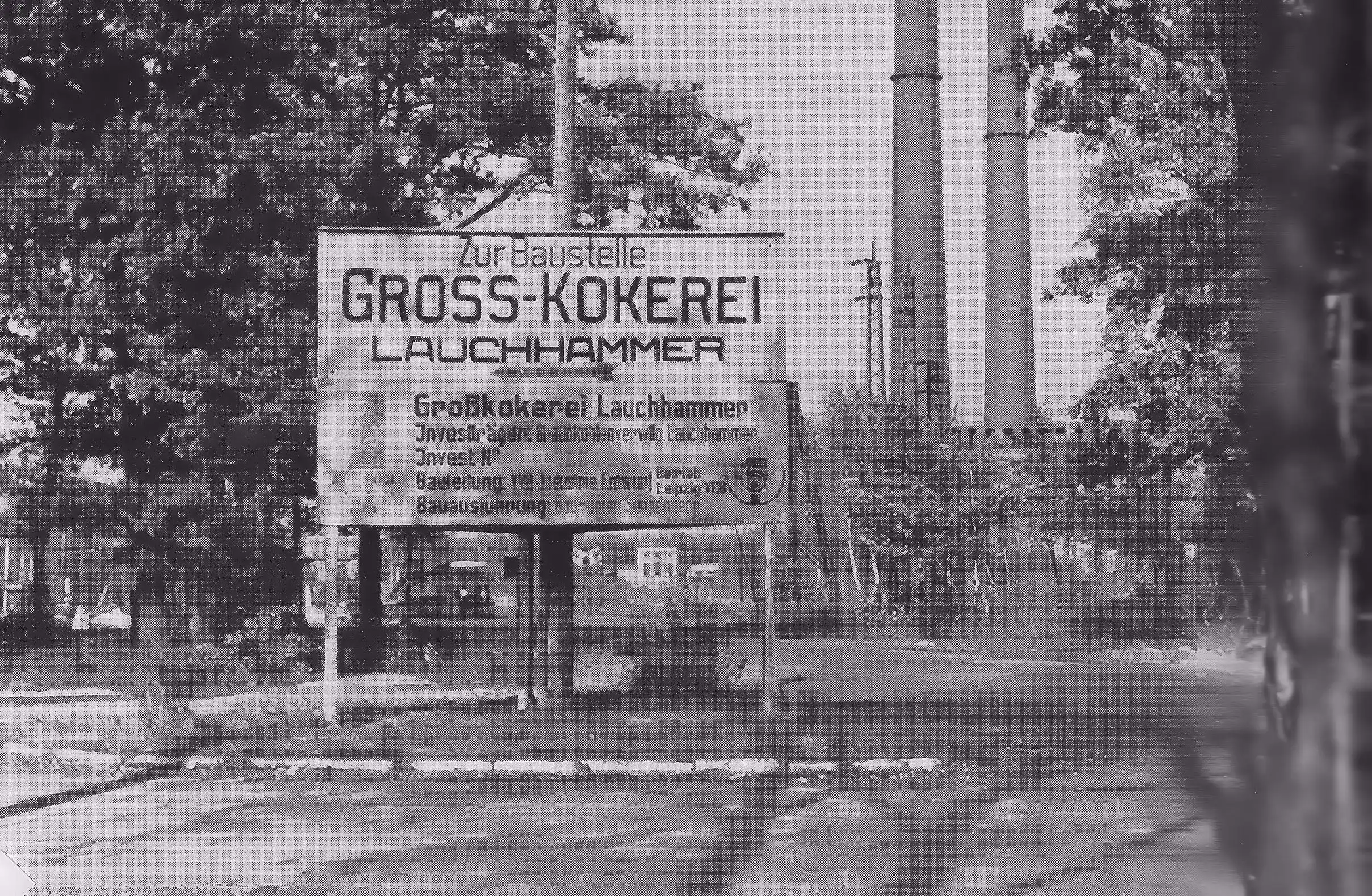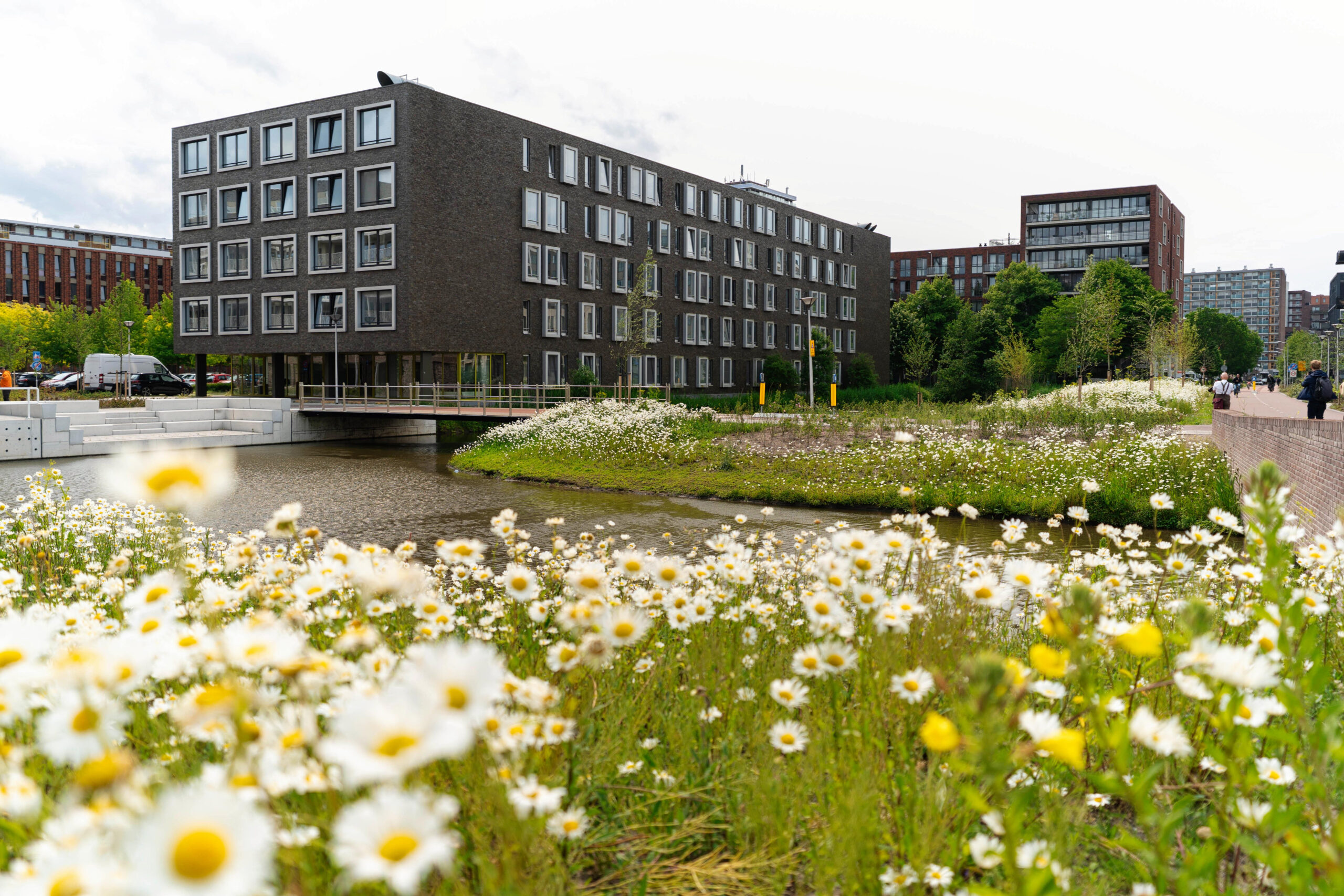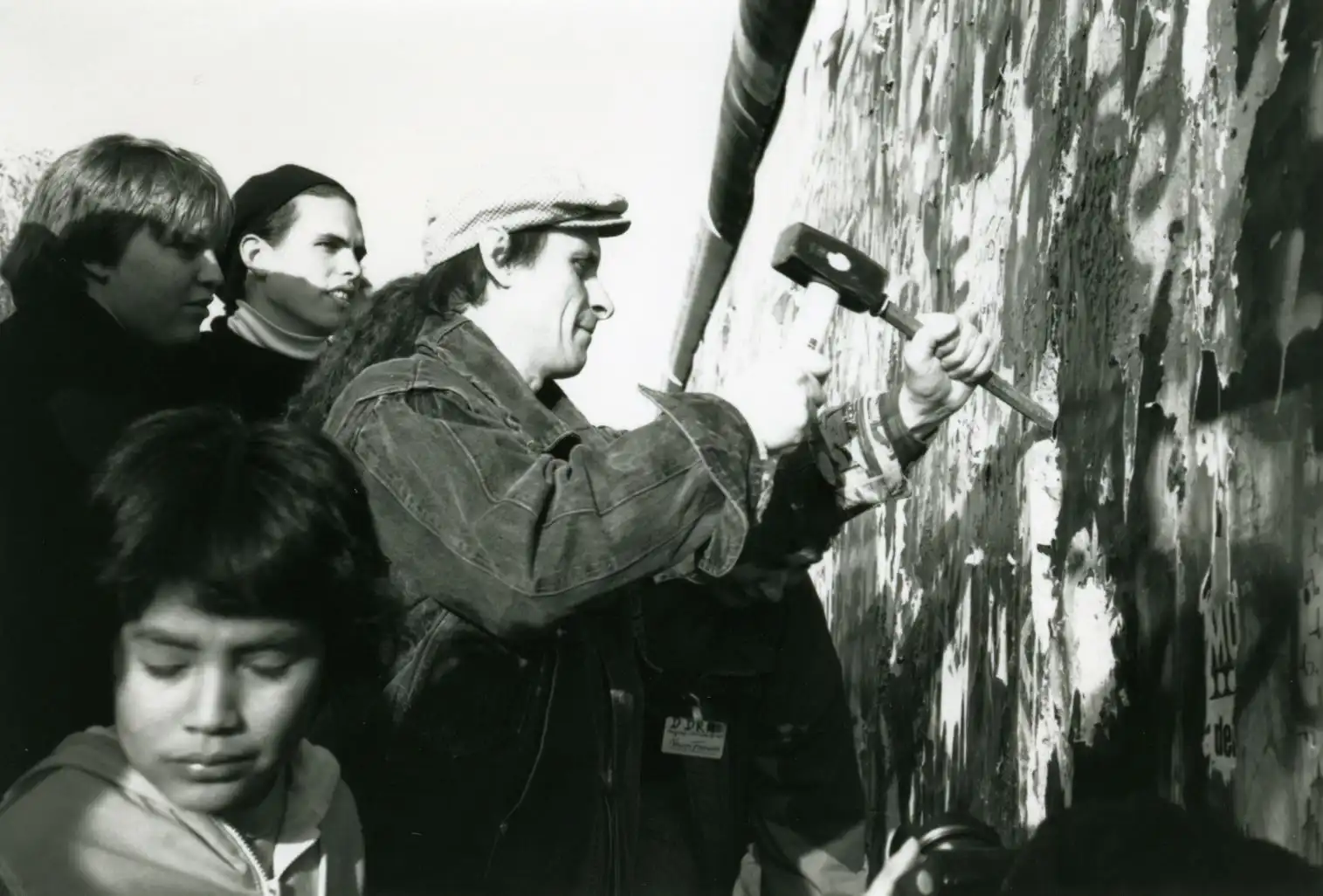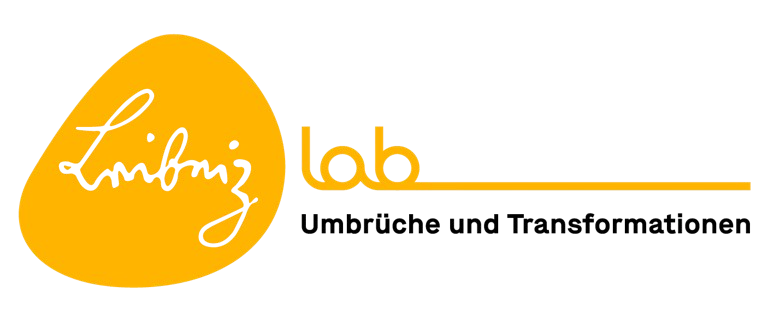Post
7 Min.

25. June 2025
How the wind shapes us
Is resilience innate or can it be learned? An interview with two resilience researchers.
LEIBNIZ The Digital Dictionary of the German Language evaluates how often certain words are used. For the word resilience, I get a flatline until the 2000s: it was hardly ever used. After 2019, its use then rose sharply. Does that match your experience?
ISABELLA HELMREICH People used to give me big looks and ask: Why are you researching for? Since the coronavirus pandemic, most people have heard of resilience. But resilience is not a new concept. The American psychologist Emmy Werner was already conducting research in this area in the 1950s.
MEIKE TROMMER When I lead our resilience training sessions as a coach, I am sometimes greeted with skepticism. Participants wonder whether resilience is just an old concept being sold as something new.
What do you respond to that?
TROMMER We talk about whether this is really just a fad. Many topics lead to resilience: whether I’m talking about sleep, stress management or a healthy work-life balance, resilience is usually the superstructure. The increased popularity shows a welcome change of perspective in our work culture and society as a whole: mental health is important, we need to recognize this and act accordingly.
HELMREICH Resilience actually affects everyone: Children and adults, in all possible phases of life, a wide variety of situations and professions. It is more than a niche topic, it is more of a caliber like lifelong learning.
How do you define the term at the Leibniz-institue for resilience research?
HELMREICH Resilience is the maintenance or restoration of mental health during or after adverse life circumstances. It is therefore a dynamic concept. You don’t reach a certain level once in your life and this level of resilience stays with you forever. You may have grown up well as a child, with a lot of support from your parents, and your school years were also good – but when you move house or start studying, you suddenly face new challenges for which you don’t yet have any tools at hand. This is where your resilience is challenged. One such phase was the coronavirus pandemic. It was an unfamiliar problem that we had to come to terms with. As research at the LIR has shown, the majority of people coped amazingly well, but others, vulnerable groups such as children, are still struggling with the consequences today.
What do you think about the often quoted sentence by Friedrich Nietzsche: “What doesn’t kill me makes me stronger”?
TROMMER Being able to withstand adversity is an important element, which is why terms such as willpower or perseverance are entirely appropriate in the context of resilience. The ability to suffer, on the other hand, does not fit for me. Resilience does not mean passively accepting bad situations and suffering them. It is about active coping, i.e. working on coping strategies, on change.
HELMREICH In materials science, the term resilience is used for objects that can be deformed but then return to their previous shape. Like a sponge. I also like to use the tree comparisons of psychologists Stephen J. Lepore and Tracey A. Revenson to illustrate that resilience has different facets: Dimensions such as resistance, regeneration and reconfiguration. Stress bounces off me like a gnarled oak tree that can’t be shaken by the wind. A birch bends in a storm, some branches show traces, but little by little it returns to its previous shape. And there are trees that have grown crookedly to give the wind as little surface to attack as possible.
You mentioned the fluctuating battery level earlier. Can you assess, perhaps even measure, how my resilience is doing?
HELMREICH (laughs) There is still no consensus on this in research, but there is a lot of discussion. Depending on the definition, different methods are used, such as questionnaires and neuropsychological tests. You should also record which stressors are present, because without stress there is no resilient response. In practice, we usually use questionnaires to record stressors and resilience factors such as self-efficacy, cognitive flexibility, personal optimism or social networks. This allows me to take a snapshot of how your resilience is doing. But predicting the future is difficult because it always depends on whether you choose and apply the right coping strategy for the current stressor. A certain amount of cognitive flexibility is required here. Biological markers that allow us to predict how resilient a person is in stressful situations are not yet known. However, we are researching this at the institute.
TROMMER Before we start our training and coaching sessions, we use a short questionnaire to ask participants about their stress levels, ability to recover and known coping strategies. This screening gives us an orientation to start with. But even this is only a snapshot, not a measurement that could be followed by a patent remedy. Sometimes there are three months between the screening and the start of our counseling, and then of course we ask what has changed in the meantime. But even later on in the counseling process, I can’t ask participants a blanket question: “Do you go jogging regularly, do you keep a gratitude diary, do you do the body scan? Yes, no, maybe?” It’s all much more complex and individual. And it also depends on the context: a person may use different strategies at work than at home.
HELMREICH In addition, resilience is partly genetically predisposed. Some people are biologically predisposed so that certain areas of the brain respond more quickly to stress. This activates the hypothalamic-pituitary-adrenal axis, the HPA axis: stress hormones such as adrenaline are released. These help to prepare the body so that we are better able to fight or flee. For example, they increase the heart and breathing rate. However, if the fight or flight solutions are not feasible, the body can also go into the famous state of shock. For some people, this system is triggered more easily as soon as they are under stress. They therefore need particularly good tools to deal successfully with stressful situations.
People who book training or consulting usually want specific recommendations. But the LIR is a scientific institution and not a teleshop. How do you solve this dilemma?
TROMMER We create the most appropriate offer for the people or organizations that approach us. When social organizations or companies from the care sector have their employees trained by us, we focus more on self-care. For students on the “Study Healthy” program, exam pressure and their own expectations are particularly important. It also depends on the format whether we can only provide suggestions and input or whether the participants get to practise and apply them. In the eight-week online training courses, we can anchor what has been learned more firmly through exercises. We also give weekly tasks, for example, participants can try out the new breathing technique or progressive muscle relaxation. In the compact training courses, the focus is more on psychoeducation, i.e. imparting knowledge about stress and resilience.
How does current research influence the coachings at the LIR?
HELMREICH Before we developed the first training courses, we conducted a meta-analysis to find out what evidence-based resilience factors are and how they are trained. There were over 70,000 hits, albeit with major differences in definitions, theoretical background and training formats. However, we were able to derive well-documented resilience factors, such as the social network or cognitive flexibility, and build our offer on this. With a network check, for example, we look at what the support network looks like and where the person would perhaps like to change it. Or we work on attitudes such as “I have to do everything on my own!”, which prevent a person from using social support.
And if there are new insights? Do you reconceptualize?
HELMREICH Our transfer team is in close contact with the scientific working groups at the institute. In this way, we incorporate news from research into the further development of our programs. One example: Recent studies have shown that the sense of coherence is even more important than previously assumed. Sociologist Aaron Antonovsky used this concept to describe an orientation and anchoring in life, the basic feeling of not being overwhelmed by one’s own life and always being able to cope with it somehow. A good sense of coherence is a central hub that has a beneficial effect on all other factors. We have therefore changed our training sessions somewhat and are now focusing more on working with personal values and the question of how I can feel connected to the world.
Is there also transfer in the other direction- from the praxis back to the research?
HELMREICH Yes, it’s a give and take. Requests for specific training courses can stimulate targeted research, for example: What is the current state of research on resilience among the unemployed? For us researchers, practical experience is very stimulating for further developing research questions.
TROMMER The “Healthy Studying” project, which was launched last winter semester, is also aimed in this direction: students are under great psychological stress due to exam pressure, fears about the future and many other factors. The drop-out rate has remained at a high level for years. We were therefore asked by the Rhineland-Palatinate Ministry of Science and Health to develop resilience support measures that make it easier for students to deal with stressful life events and burdens during their studies. These include individual coaching sessions, large group formats in person and online. At the same time, we are testing which measures are particularly well received by students so that we can then offer them on a long-term basis.
What current developments do you find particularly exciting?
HELMREICH The sensible use of digitalization and artificial intelligence naturally also occupied us. Personalized apps will become increasingly established. Questionnaires, sensors and tracking apps for heart rates or activity levels can be used to record stress markers on a smartphone. If they indicate that the person is currently stressed, individual prompts can be issued, for example: “Do a breathing exercise!” We are researching this.
TROMMER Finding the right balance between online offerings and real encounters is a challenge for our consulting and training services. When it comes to resilience in particular, things can get personal very quickly – this can be dealt with better in face-to-face contact than in virtual space. Some people, especially younger people, have forgotten how to talk to other people and move confidently in a group during the coronavirus pandemic. We need to take that into account.
HELMREICH And we have to be particularly careful when it comes to transfer: The idea of resilience can be misused.
What do you mean by that?
HELMREICH There are some things we cannot change on our own. We can then either work on our attitude and how we deal with such situations. But we can also leave the situation. If society or an employer has the expectation: “Get fitter and adapt better to the circumstances so that you can do even more for us”, the resilience approach is instrumentalized in the worst possible way. Resilience also means knowing your limits and respecting them. For example, if I know that I am comparatively susceptible to stress, it is good to communicate this. It’s also okay to demand that structures or working conditions change. So that something changes – not me.
This article was first published in “leibniz”, the magazine of the Leibniz Association, on May 21, 2025.
Über diesen Artikel
Lesen Sie auch

Seeking a new narrative – How a small town is reinventing itself
The name Lauchhammer has little to do with the vegetable that adds flavour to stews and soups. Lauch means ‘moor’ in Lower Sorbian and refers to the landscape in southern Brandenburg where the small town is located. The word “hammer” in the town’s name alludes to its industrial tradition. Iron ore has been mined and […]

From street noise to equal opportunities: how cities can make us healthier
There are significant differences between cities in terms of how healthily people can live. Some cities set a good example and pay close attention to the health of their residents. Other neighbourhoods are very noisy, dangerous and have high levels of air pollution. There are fewer green spaces or suitable places to play and exercise. […]

What are disruptions and transformations?
We all experience this directly in our everyday lives: food in the supermarket is becoming more expensive, an AI chatbot now suggests the first results when we search the internet, and peace in Europe can no longer be taken for granted. Our world is changing. Constantly and on several levels at once. Not all disruptions […]


